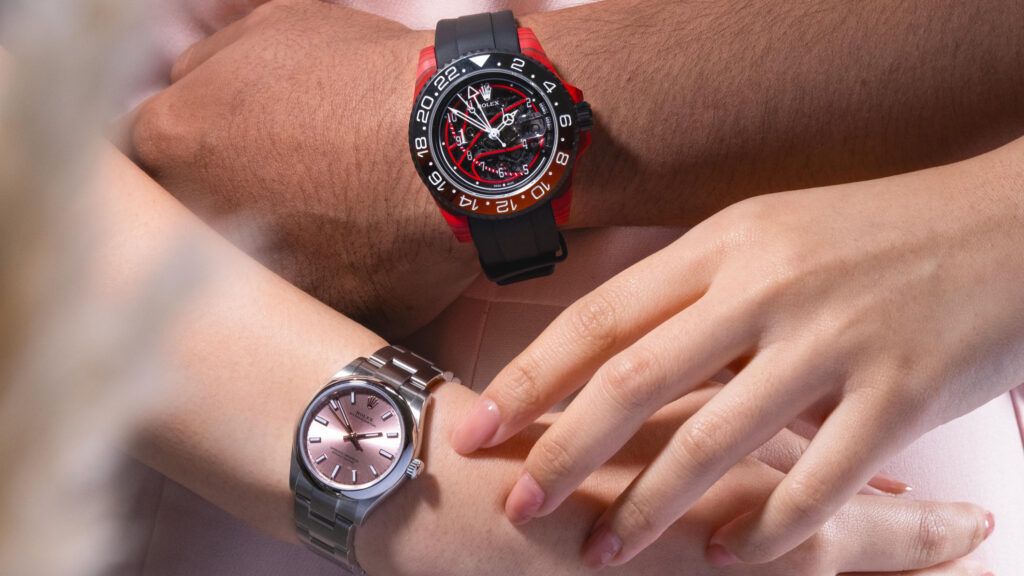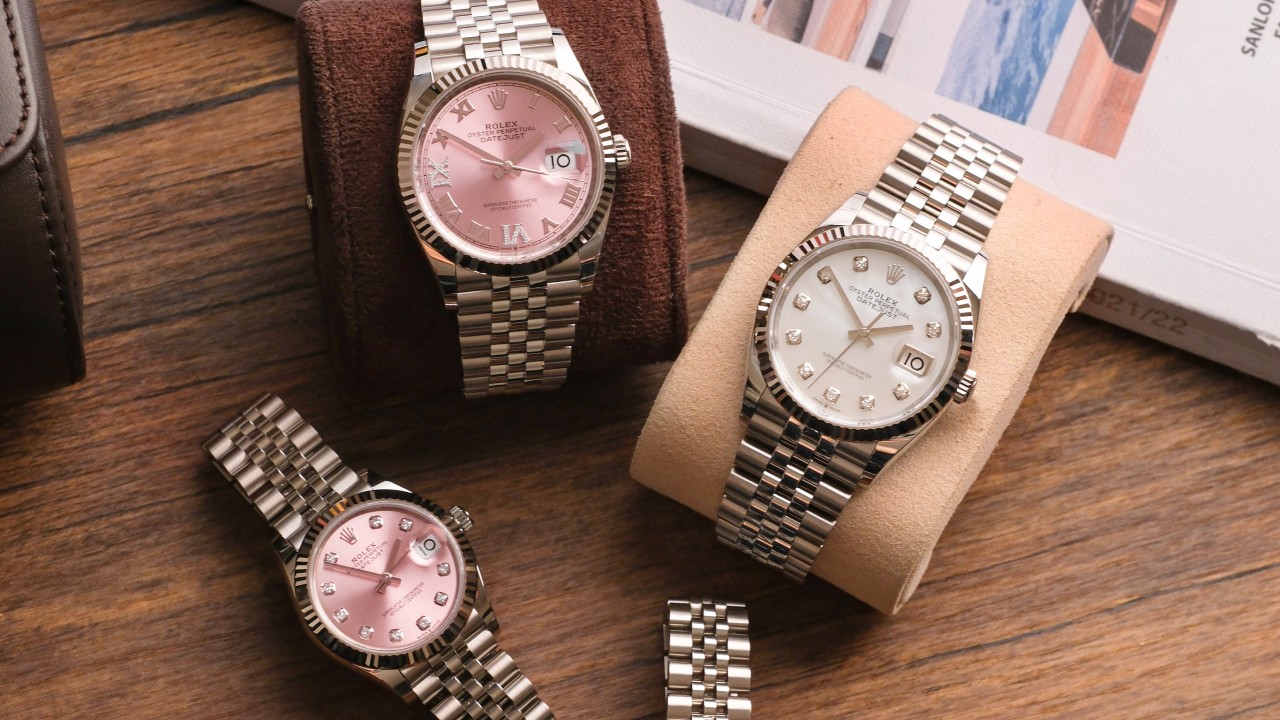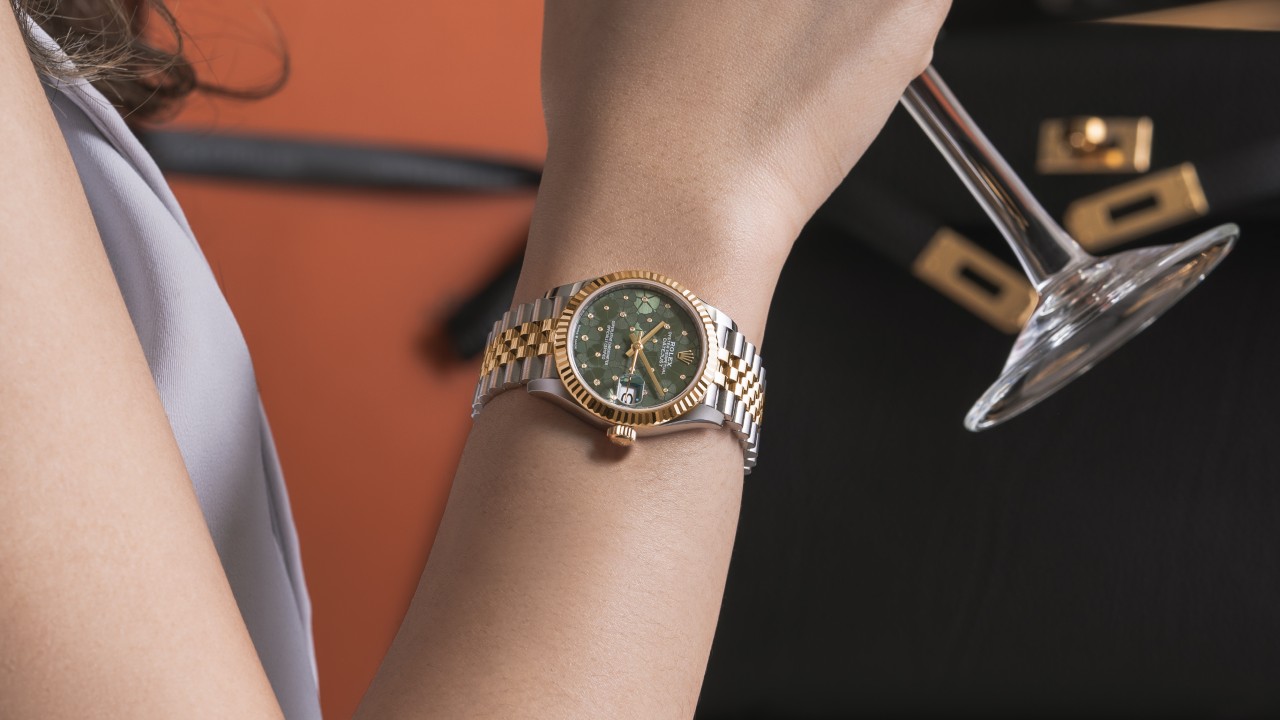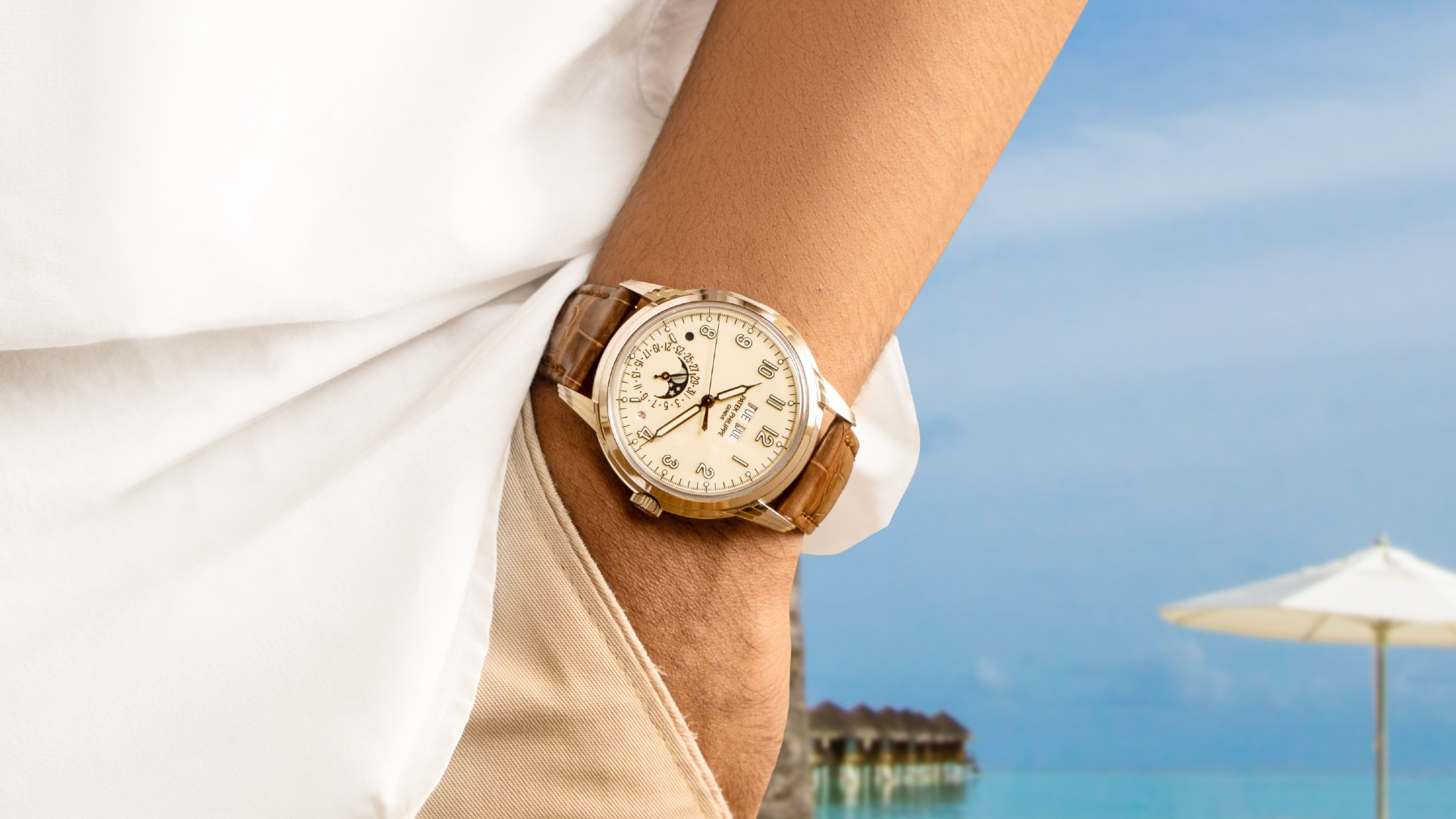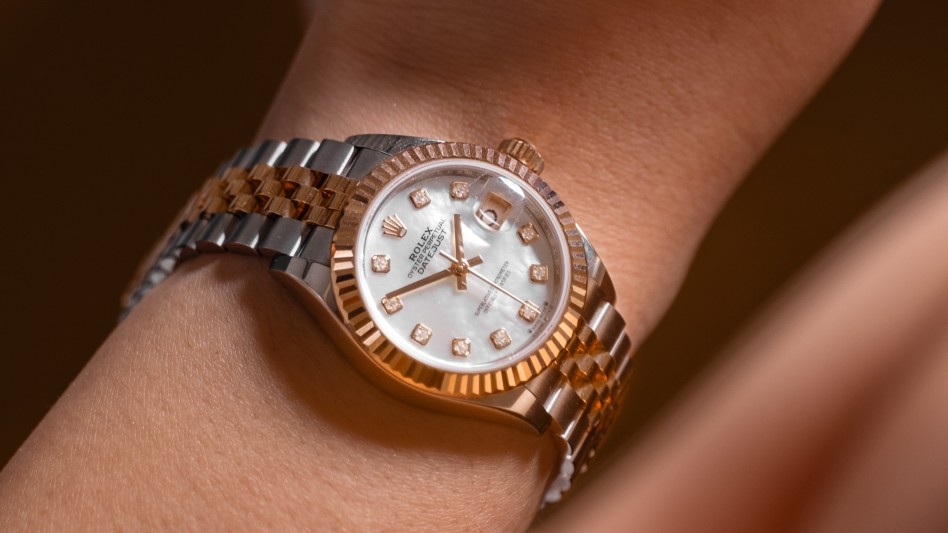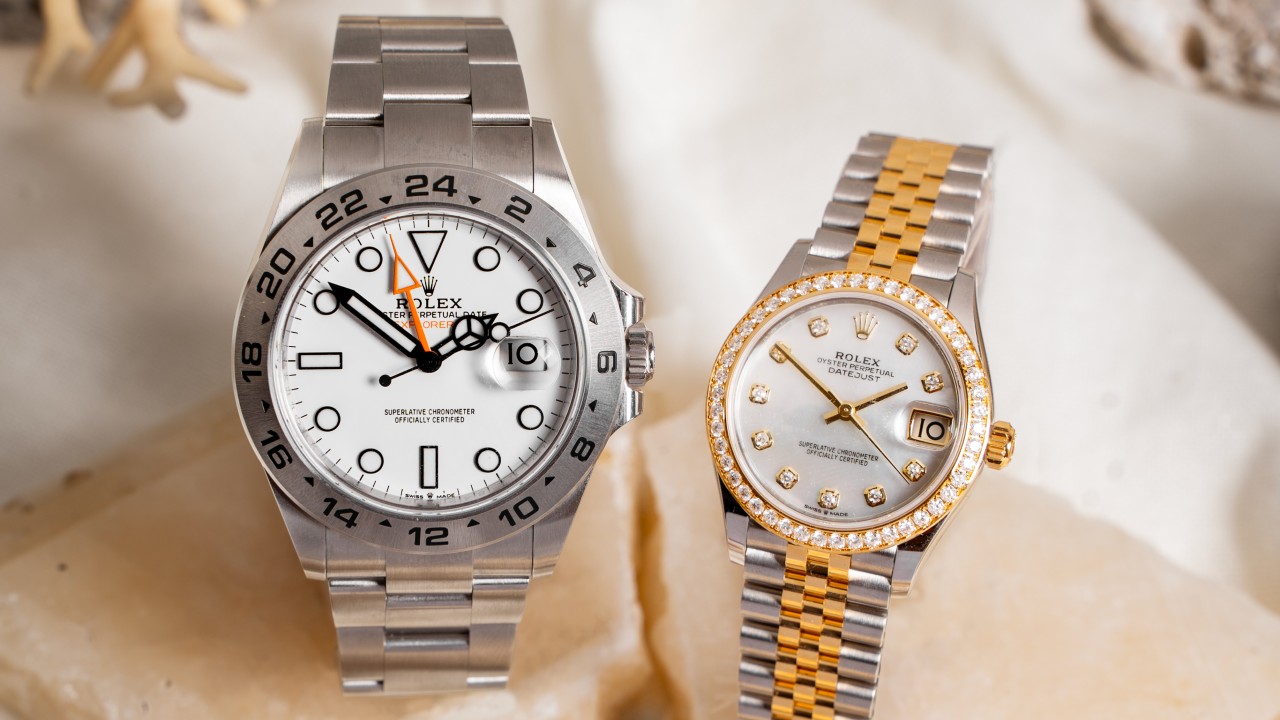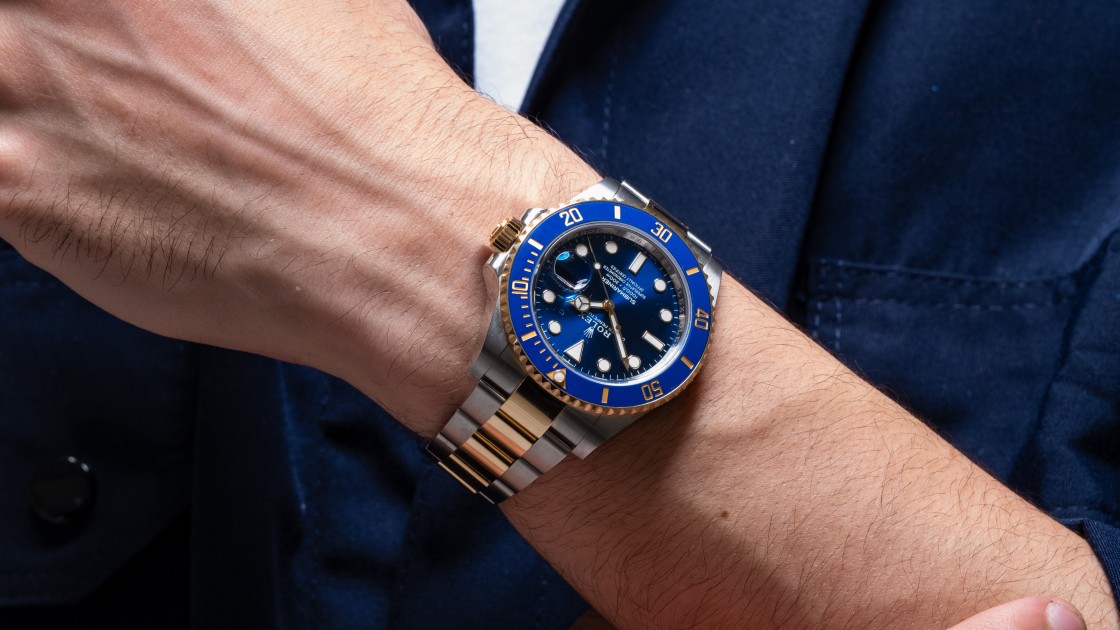When it comes to selecting a timepiece, there are many things you should consider, from the models, materials, and brands. But beyond these, the watch’s size is the most crucial consideration.
The size of a watch can significantly influence one’s overall appearance. Not everyone can pull off the same watch size with equal confidence.
Various tips are available to guide both men and women in selecting the appropriate watch size to ensure a fitting and stylish look on the wrist. Dive into this article to explore further!
Differences Between Men’s and Women’s Watch Sizes
There are no hard and fast rules when it comes to watch selection. While many assume that larger watches are exclusively for men and smaller dials are reserved for women, such a notion is insufficient.
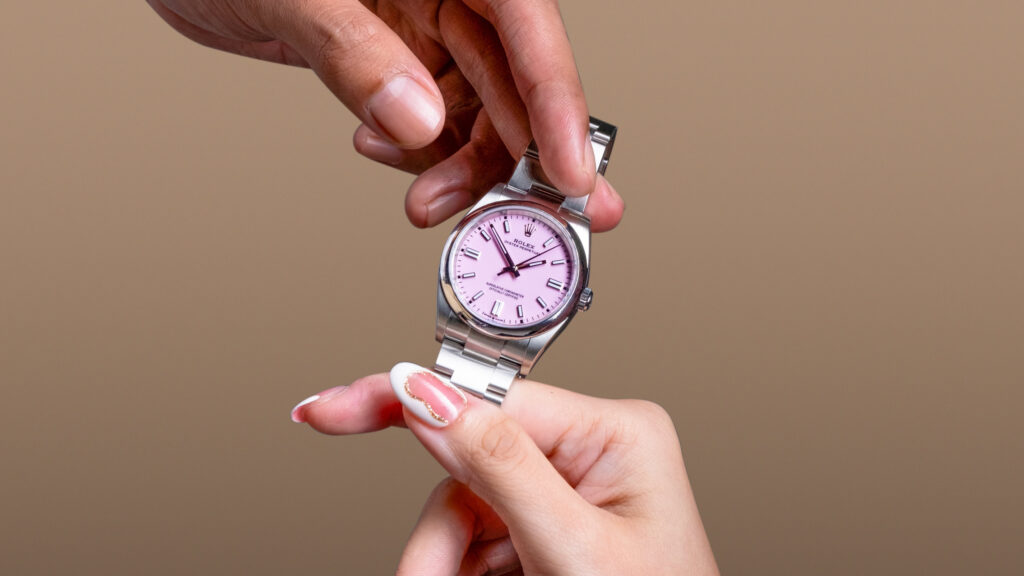
Male collectors, for instance, can still opt for smaller-sized watches to complement formal attire. Also, many women are breaking free from traditional norms and embracing larger watches for their sporty and casual designs.
Luxury timepieces offer a wide range of dial sizes, from 34 mm to 46 mm, giving you the freedom to choose a size that aligns with your individual wrist measurements, regardless of gender stereotypes.
Measuring Your Wrist Size
Accurate wrist measurements greatly aid in choosing the correct watch size. You can match the wrist size with the diameter and thickness of both the watch case and strap.
Wrist sizes vary from slim and slender to medium and thick. Before purchasing a watch, take the following steps to measure your wrist:
- Prepare a measuring tape or tailor’s tape.
- Wrap the tape around your wrist to determine its circumference.
- Wrist sizes ranging from 14-16 cm are considered slim, 16-17 cm are slender, 17-18 cm are medium, and anything above 18 cm is deemed thick.
With these measurements in hand, you can tailor your watch size accordingly. For a more comprehensive explanation, refer to the embedded video.
Choosing the Right Watch Size for Your Wrist
After you finish measuring your wrist, it’s time to select a suitable timepiece. You can easily follow these steps:
1. Match it with the case
The case serves as the “face” of a watch and is, therefore, the most visually prominent aspect. Accordingly, the case size should complement the wrist; otherwise, it may appear awkward.
Consider various case shapes—round and rectangular to square, oval, tonneau (barrel), and avant-garde (unique forms). Assess which shape best aligns with personal taste and wrist size. Also, check the case diameter. Avoid overly large diameters for smaller wrists, and vice versa.
2. Distinguish between small, medium, and large sizes
Watches categorized as significant typically have 40-46 mm diameters, suitable for wrists over 20 cm in circumference.
Medium-sized watches, ranging from 38-42 mm in diameter, are ideal for wrists measuring 17-19 cm.
Meanwhile, small-sized watches, with diameters of 34-38 mm, suit wrists around 15-16 cm in circumference.

3. Divide wrist size by watch diameter
To simplify watch size selection, divide wrist size (in mm) by the diameter of the desired watch. If the result is between 4 and 5, the watch is likely a good fit.
For instance, if your wrist measures 16 cm or 160 mm and you’re eyeing a 40 mm diameter watch, dividing 160 mm by 40 mm yields 4—indicating a suitable fit.
Choosing Strap Thickness According to Wrist Size
In addition to the case, strap thickness is a crucial consideration. Watch straps come in various models and materials—such as leather, nylon, rubber, and metal.
Generally, the strap width should be roughly half the case width. Therefore, for slender wrists and a 40 mm diameter case, aim for a strap thickness of around 20 mm.
However, this formula is flexible. It would help if you always prioritize comfort and confidence when choosing a luxury watch.
Selecting Case Thickness According to Wrist Size
Much like case diameter and strap thickness, case thickness is worthy of attention. Although seemingly subtle, opting for the appropriate case thickness ensures proportional aesthetics on the wrist.
Ideally, case thickness should correspond to case diameter; thicker cases typically accompany larger diameters.
Therefore, a watch with a diameter of 38-42 mm generally features a thickness of 7 mm, while those with diameters exceeding 44 mm boast thicknesses of 9 mm or more.
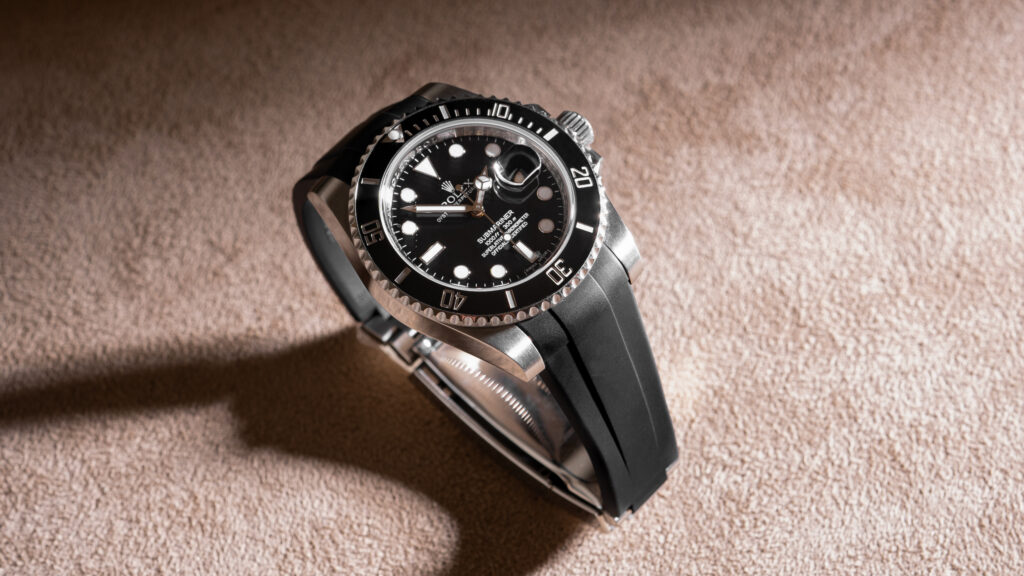
Other Considerations When Choosing a Watch
Beyond watch size, various other factors warrant consideration. Conduct thorough research on these aspects before making a purchase:
1. Watch’s material
Pay attention to the materials comprising the case and strap, tailoring choices to personal preferences.
Rubber straps, for instance, exude a casual vibe, while leather straps exude professionalism and elegance—ideal for business settings.
2. Watch movement
Movement serves as the heart of a watch. Opt for Swiss movements—mechanical or quartz—for a luxurious touch.
Swiss-made movements typically command high regard due to their intricate craftsmanship and aesthetic appeal.
3. Compatibility with skin tone
Consider your skin tone when selecting watch colors. Bright skin tones can accommodate a variety of colors, whereas darker tones harmonize best with neutral hues.
Discover The Best Luxury Watches at Luxehouze
Ready to embark on the quest for the perfect-sized watch? While the tips above are guidelines, watch selection isn’t confined to these alone. Ultimately, the best watch delivers comfort and confidence when worn.
If you’re in search of a luxury timepiece, explore Luxehouze’s diverse collection featuring renowned brands. All are guaranteed to be 100% authentic and available at competitive prices.
Visit Luxehouze today! You can find Luxehouze boutiques in Jakarta, Surabaya, and Singapore.
